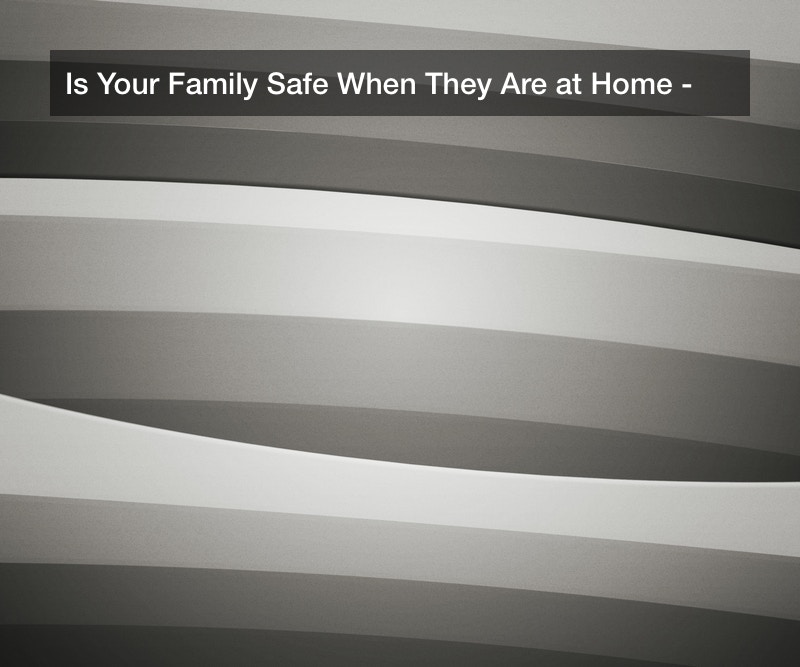
Instead of hugs and tears of goodbye to their students, it is a bag of their left-behind belongings waiting to be collected by a parent. The last day of school is always filled with happiness, and although many teachers are ready for summer as they always are, their hearts hurt a little knowing so many things are left undone and unsaid, especially to fifth, eighth, and 12th graders as they transition out or one building and face transitioning to another when school starts again.
Instead of working side by side in the office with others, many people across the nation are now telecommuting from home. With homes rearranged to create the most productive of work spaces, there are many ways that people are making the most of their new work environments.
Instead of long stretches of time at athletic practices and performance classes, teenagers are left to train on their own and spend time hoping for a day when things will return too normal.
The end result of so many events and activities being cancelled, of course, is that many people are sending more time than ever before at home. What if, however, the home where you are sheltering in place is not safe? In addition to the concerns that many counselors, social workers, and schools have for the safety of children who may not be in a space with caring adults, there is also a valid concern that the house itself is not safe. In fact, left unchecked, there are some houses that have an invisible and odorless gas that can make long hours at home worse than you might imagine.
Do You Know If You Have Radon in Your Home?
Unfortunately, there are many home owners and renters who may not realize that at the very same time they are self quarantining and self isolating they are putting themselves and their loved ones at risk. In fact, if you have a home that has not been tested for radon, you may be alarmed to discover that the latest research indicates that the risk of lung cancer increases by 16% per 100 Bq/m increase in long time average radon concentration. In fact, the U.S. Environmental Protection Agency (EPA) and the Surgeon General’s Office have estimated that as many as 20,000 lung cancer deaths are caused by radon each year. Fortunately, if you take the time to schedule the testing you can see if there is radon in your home and begin the steps to mitigate these problems. Radon numbers that are too high can require sump pump installation contractors or other kinds of radon mitigation and abatement services.
The first step, of course, is to know if you have radon in your home. Short-term radon detectors, for instance, measure radon levels for two to 90 days, depending on the device. In comparison, long-term tests determine the average concentration for more than 90 days. Working with the experienced and qualified team will allow you to find your if you have radon in your home, as well as determine the best ways to deal with this health concern.
Consider these facts and figures about the many ways that radon detection and mitigation services can help you create the safest of environments:
- Scientists estimate that lung cancer deaths could be reduced by 2% to 4%, a statistic that represents approximately 5,000 deaths, by lowering radon levels in homes exceeding the EPA’s action level.
- Nearly one in three homes checked in seven states and on three Indian lands had screening levels over 4 pCi/L, the EPA’s recommended action level for radon exposure. These numbers from the EPA indicate that in many parts of the country it is important to make sure that homes are tested.
- Passive mitigation systems have been shown to be capable of reducing indoor radon levels by more than 50%. When radon ventilation fans are added, radon levels can even be reduced further.
- About 1 in 15 U.S. homes is estimated to have radon levels at or above the EPA action level.
These times are far from normal. It is even more frightening to think, however, that during these days of spending even more time at home than in the past some families could be putting themselves at risk.

